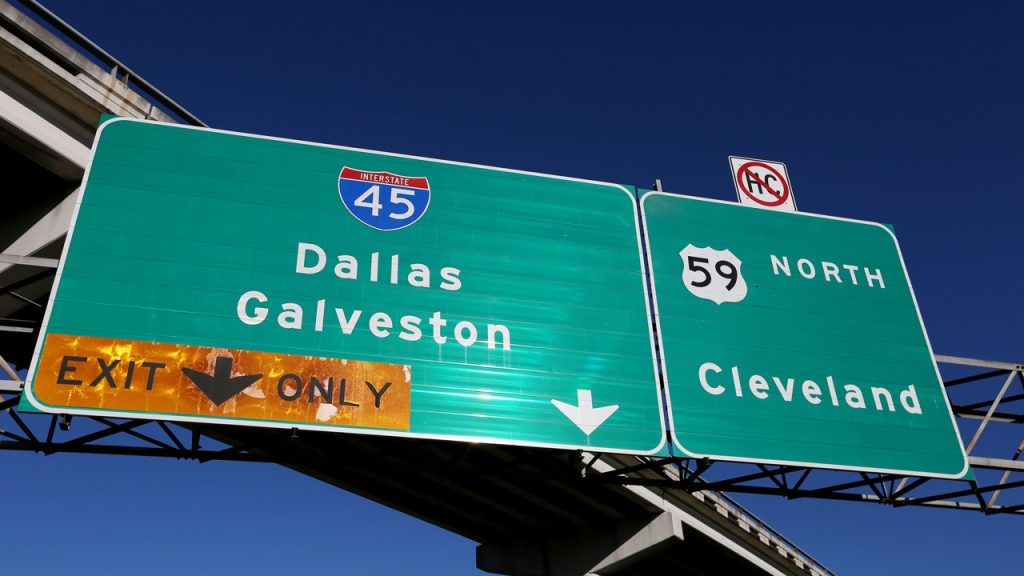U.S. Highway 59 has long been a major evacuation route out of Houston but has experienced recurrent flooding issues for decades. Plans to upgrade the highway to interstate standards have been in the works for years, but the Texas Department of Transportation cannot guarantee that the billions of dollars invested in the project will resolve the flooding problem. Despite efforts to upgrade sections of the highway to interstate standards, flooding persists during major weather events such as hurricanes.
The I-69 project aims to improve traffic congestion, support economic development, enhance safety for travelers, and upgrade evacuation routes in Texas. While a portion of U.S. 59 through Houston has been upgraded to interstate standards, other sections of the highway remain vulnerable to flooding, particularly in areas like Lufkin and Nacogdoches. Significant flooding in April closed stretches of U.S. 59 between Cleveland and Shepherd and between Shepherd and Livingston, prompting the need for upgrades in the next four years.
The state of Texas plans to invest nearly $6 billion over the next decade or more to upgrade U.S. Highway 59 to interstate standards, address safety concerns, and perform basic maintenance. TxDOT has allocated $1.5 billion for ongoing and upcoming projects on U.S. 59, with an additional $4.3 billion earmarked for future projects in the next four to ten years. Despite these efforts, it remains uncertain whether the proposed upgrades will effectively mitigate the flooding that has plagued the highway.
Increasingly severe flooding events, including several 500-year floods in recent years, have raised concerns about the resilience of U.S. Highway 59 and other infrastructure in Texas. Climatologists warn that extreme rainfall is on the rise in the region, partly due to climate change. While the upgraded highway is engineered to withstand a 100-year flood event, the frequency and severity of flooding in Texas suggest that more extreme measures may be necessary to ensure the safety and reliability of evacuation routes.
The Federal Highway Administration has noted that there is no dedicated federal funding for the entire conversion of U.S. 59 to a future I-69 route through Texas. Each state along the proposed interstate highway, including Texas, is expected to cover the costs of upgrades rather than relying on federal assistance. With the impending threat of climate change and more severe flooding events, state and local authorities face the challenge of ensuring that critical infrastructure like U.S. Highway 59 can withstand future natural disasters.
As Texas continues to grapple with flooding issues along U.S. Highway 59 and other vital roadways, the Statewide Resiliency Plan is being developed to address the most appropriate design, maintenance, and operations to enhance the resilience of critical routes. It remains to be seen whether current improvement plans will be sufficient to safeguard against the increasingly extreme weather patterns and natural disasters that have become more prevalent in the region. The future of U.S. Highway 59 and its role as a key evacuation route for Texas residents hangs in the balance as state and local authorities work to bolster infrastructure resilience in the face of climate change.


